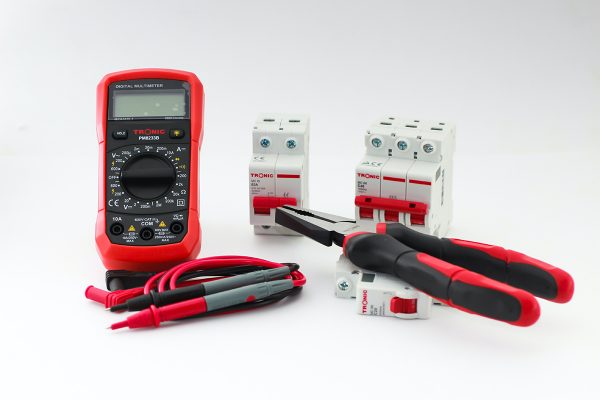A PAT Testing Brief Guide
Most electrical safety defects can be detected visually, but some defects can only be detected through testing. Portable Appliance Testing (A PAT Testing) examines portable electrical devices. The purpose of testing is to ensure the safety of equipment and devices while being utilized.
PAT Testing is comprised of these three major steps:
- Users can do regular and informal checking on their electrical devices. This involves visually inspecting a portable appliance’s external casing, wire, and plug before using it.
- Electrical devices could undergo visual and formal inspection. This is done to test the equipment and assess the parts of the appliance that cannot be evaluated visually.
- Manual inspection of devices is also applicable using testers.
Is A PAT Testing Needed?
To be clear, a PAT testing is not required by the law. However, it is strongly recommended that every business utilizing electrical devices and equipment undergo or have these tests regularly. The frequency of inspection and testing is determined by the type and environment in which the equipment is being used. A frequently used power tool on a construction site, for example, should be inspected more regularly than your bedside lamp inside your bedroom.
Testing can also bring tons of benefits to office-based businesses, hotels, restaurants, and landlords. Professionals also advise that even self-employed individuals who carry equipment at home should also have a PAT Testing.
Does the law require it?
There is no legal requirement that indicates mandatory PAT Testing. However, the Electricity at Work Regulations 1989 requires that any electrical equipment that has the potential to cause injury is maintained in a safe condition. So, if you own a business and follow regular testing, your customers will be more likely to trust you and your company. They will have peace of mind since your equipment is well-maintained and tested for assurance.
According to experts, testing is also a way to meet health and safety needs and ensure employees’ protection.
What are the things included in PAT Testing?
We at Prime Electrics include the following types of equipment for checking. A simple visual inspection is applicable for this test.
Plugs
Inspect for signs of damage, such as cracks, burns, and bent pins. Also, check if the wirings are placed correctly.
Cables
Note that exposed wiring is a sign of failure that can cause major problems. Check for damages such as fraying, abrasions, or cuts.
Appliances
Inspect your everyday appliances for cracks, burns, rusts, and casing damages.
Main sockets
Check if there are damages affected by overheating. Also, look for loose fittings and if the shutter is still functioning well.
Residual Current Device
The inspection for RCDs also includes looking for damages and testing the “test” button to track if it is fully working.
